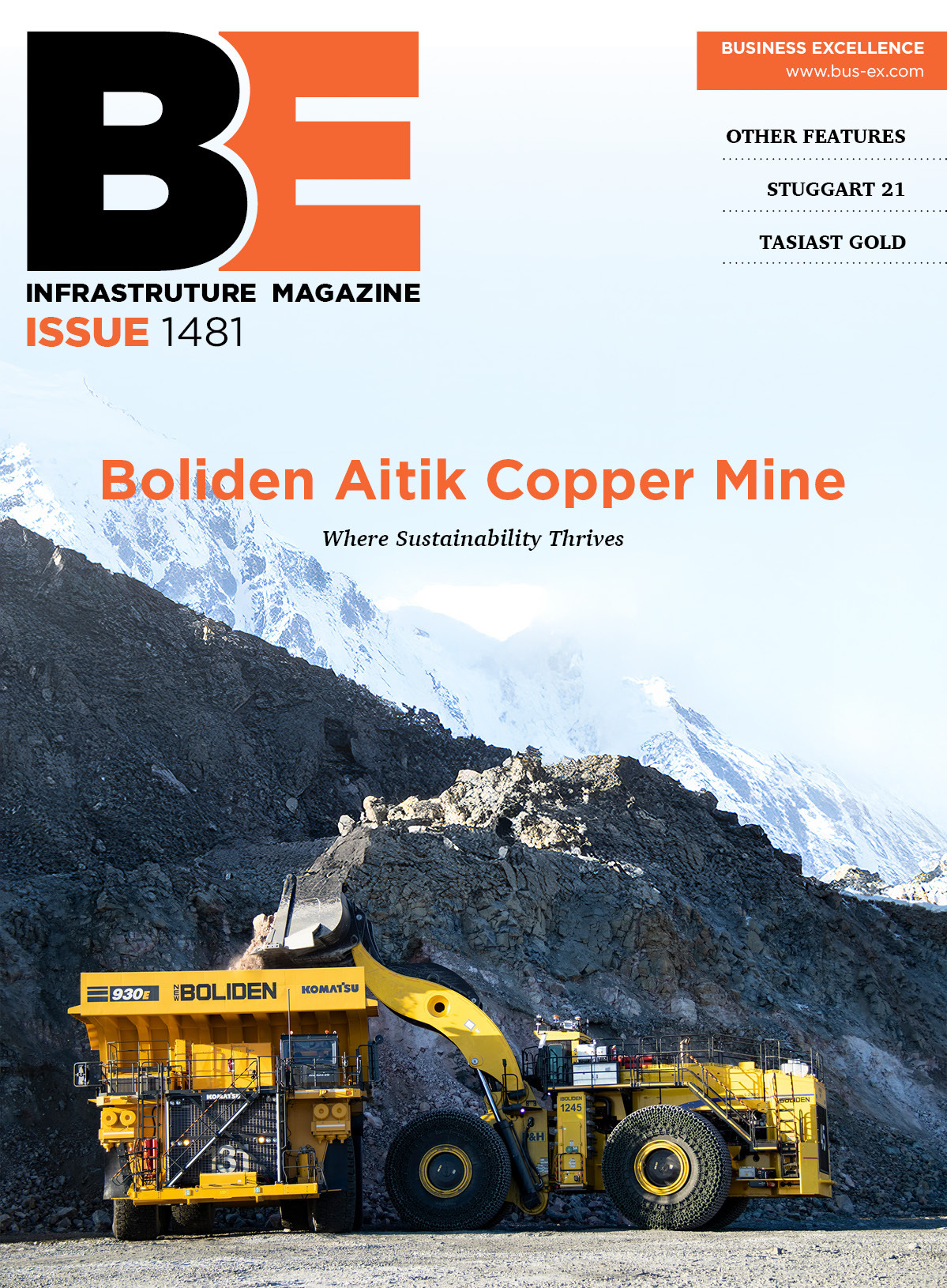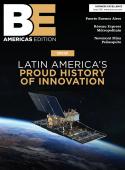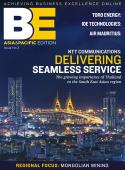Plastic progress
Britain is often associated with manufacturing at the heavy end of the spectrum or at the cutting edge of technology, but as Dan Bailey learns, there are success stories at the lighter end, too.
The next time you pick up a piece of pre-packaged meat from the supermarket, a tub of ice cream or a container of paint, thereÔÇÖs a strong possibility that your goods have come in one of the countless thousands of products made by LINPAC. In fact, there are precious few walks of life in which plastic or cardboard packaging is used where LINPAC isnÔÇÖt involved to some degree or other.
Formed in the United Kingdom in 1959 as Lincolnshire Packaging, LINPAC has pioneered developments in plastic packaging, container and film technologies worldwide, releasing a stream of innovations designed to preserve and protect the contents while enhancing their appearance at point of sale, and not forgetting that they need to be transported in an efficient and cost-effective way; nor that all of this should be done with minimal ecological impact.
Still based in the UK, LINPAC today is an international market leader with annual revenues of Ôé¼1.3 billion. It remains privately owned and ranks 31st in The Times Top Track 100 list of private UK companies (June 2008). Comprising four core divisions, it plies its trade across the world, employing over 8,000 people in 90 locations and in five continents. It services a wide variety of market sectors, from retailing and food production to the public sector, and from automotive manufacturing to fishing.
Its integrated solutions include primary food packaging, returnable crates/containers for distribution and on-shelf display, asset management, RFID (radio frequency identification) and the recycling of post-consumer plastic packaging waste and end-of-life products.
LINPAC works across the entire packaging marketÔÇöincluding primary and secondary transit packagingÔÇöand undertakes its own plastics recycling in-house, making it unique within the industry. LINPACÔÇÖs recycling division has grown considerably, and last year it recycled a massive 34,000 tonnes of post-consumer plastic waste, more than the total annual production of its packaging division in the UK.
The plastic packaging division is by far the biggest and most revenue producing, employing 4,000 people in 19 countries. Its product range extends to more than 10,000 different items, from trays and films to disposable tableware. Through a research-based process it has become a world leader in polymer processing as well as expanded polystyrene and flexible plastic technologies. Many of the ways food is handled and retailed have stemmed from LINPACÔÇÖs R&D labs.
Today the packaging business is not just about bringing products to market; it is about doing so more quickly and cost-effectively while using less raw material. LINPACÔÇÖs foamed polystyrene trays, for example, use 50 percent less plastic than rigid polypropylene trays and yet can offer high barrier protection. Some can even absorb meat juices without the use of insert pads.
The development of this type of product is indicative of the way LINPAC works. Many northern European markets were moving towards rigid trays and away from foam polystyrene thanks to the availability of cheap polypropylene trays. However, despite being cheaper, they didnÔÇÖt provide the clear packaging consumers wanted, especially with meat products, where purchasers wanted to see exactly what they were getting. Into this vacuum LINPAC developed its Clearfresh concept: a high-clarity tray manufactured principally from non-expanded polystyrene. But to compete, it was necessary to develop an entirely new product because the gas barrier properties of polystyrene alone are not sufficient for modified atmosphere packaging, so a hybrid version was developed with a high gas film laminated to a rigid polystyrene tray, thus remaining competitive and providing long shelf life for the retailer, while providing product clarity for the consumer and the added advantage of eliminating the insert pad.┬á
LINPAC leads in developing sustainable and environmentally sound products, operations and services, taking the view that it is not only a matter of corporate responsibility but also because increased efficiency makes sound business sense.
In May 2007 LINPAC established an internal environment group to research and provide solutions to the environmental issues facing the plastic packaging industry and its customers. The business is now a leading innovator in light-weightingÔÇöthe process of using less raw material per packaging unitÔÇöand the use of recycled and biodegradable plastic materials, even for food-grade packaging products.
It is for developments such as these that LINPAC Packaging was named Environmental Company of the Year in the UK Packaging Awards 2008 in recognition of its contribution to minimising environmental impact over the year while demonstrating total commitment to environmental improvement.









